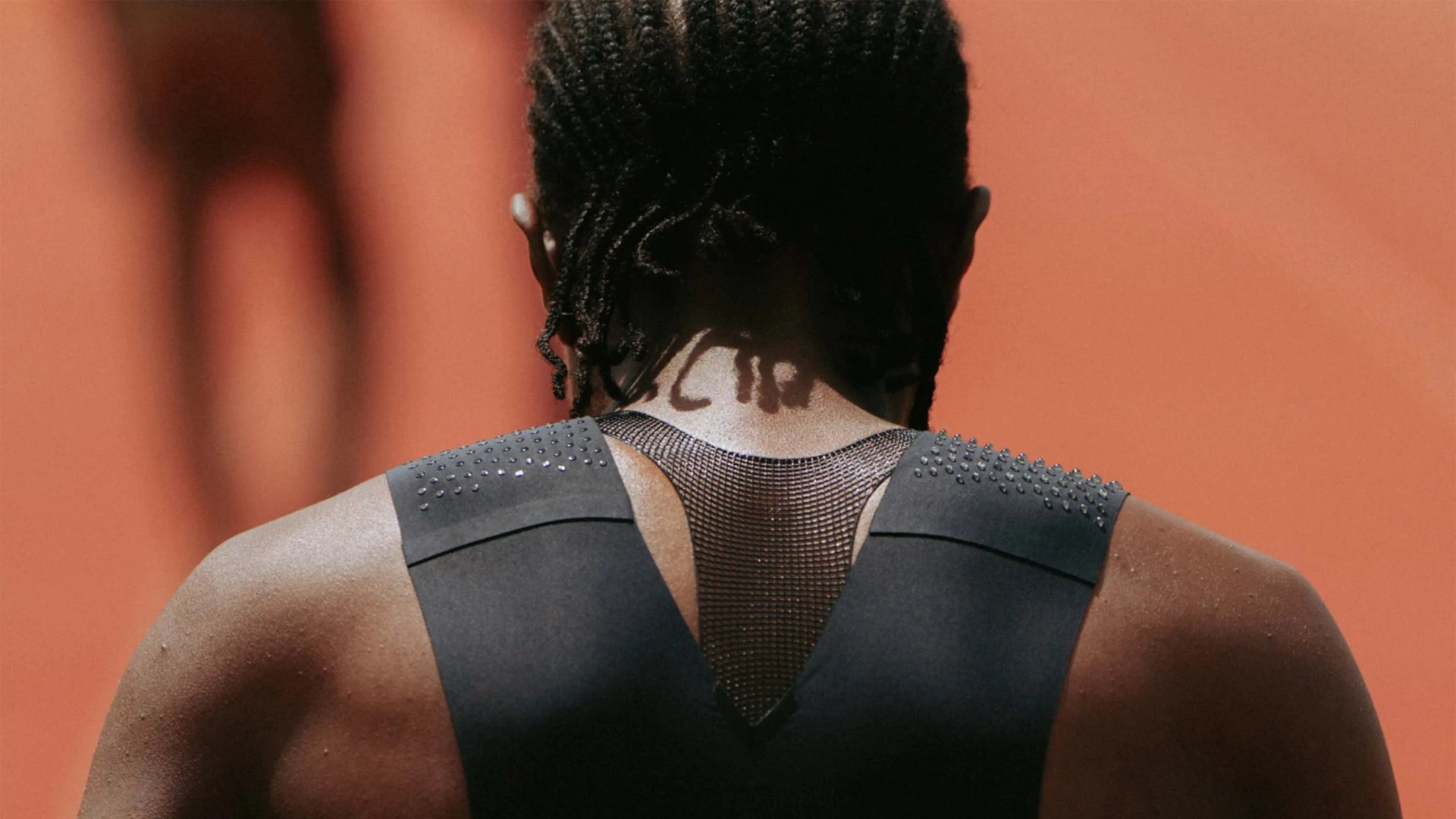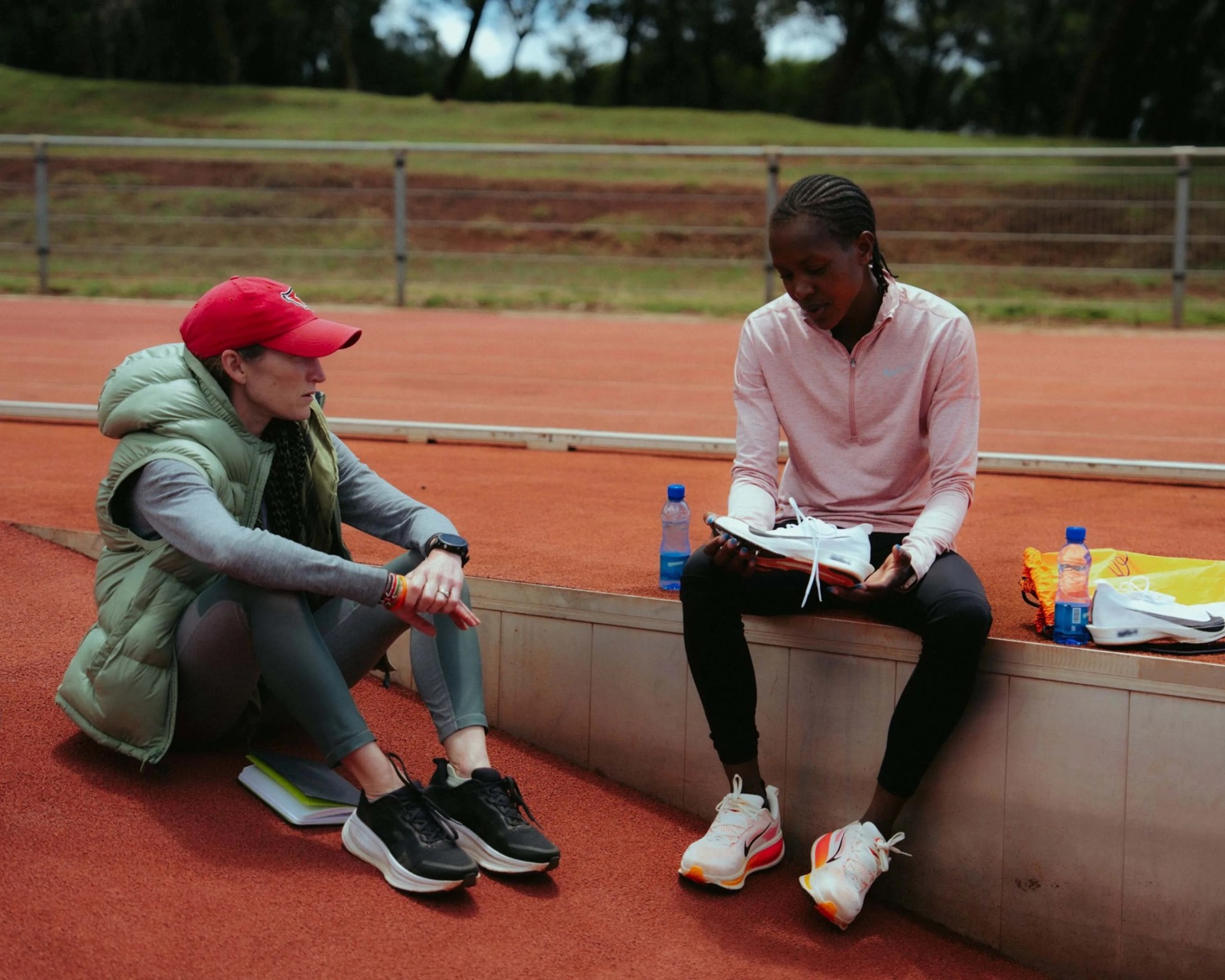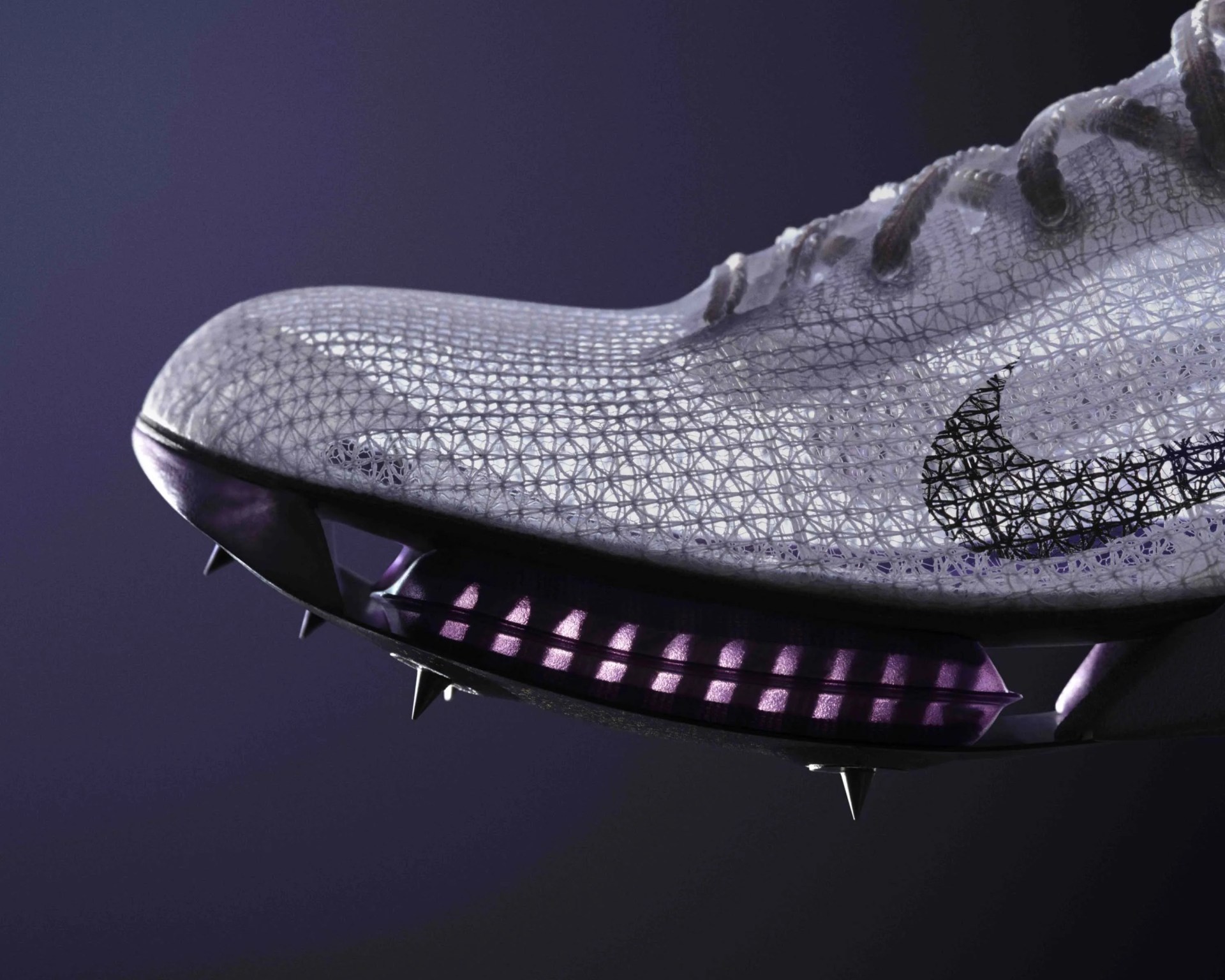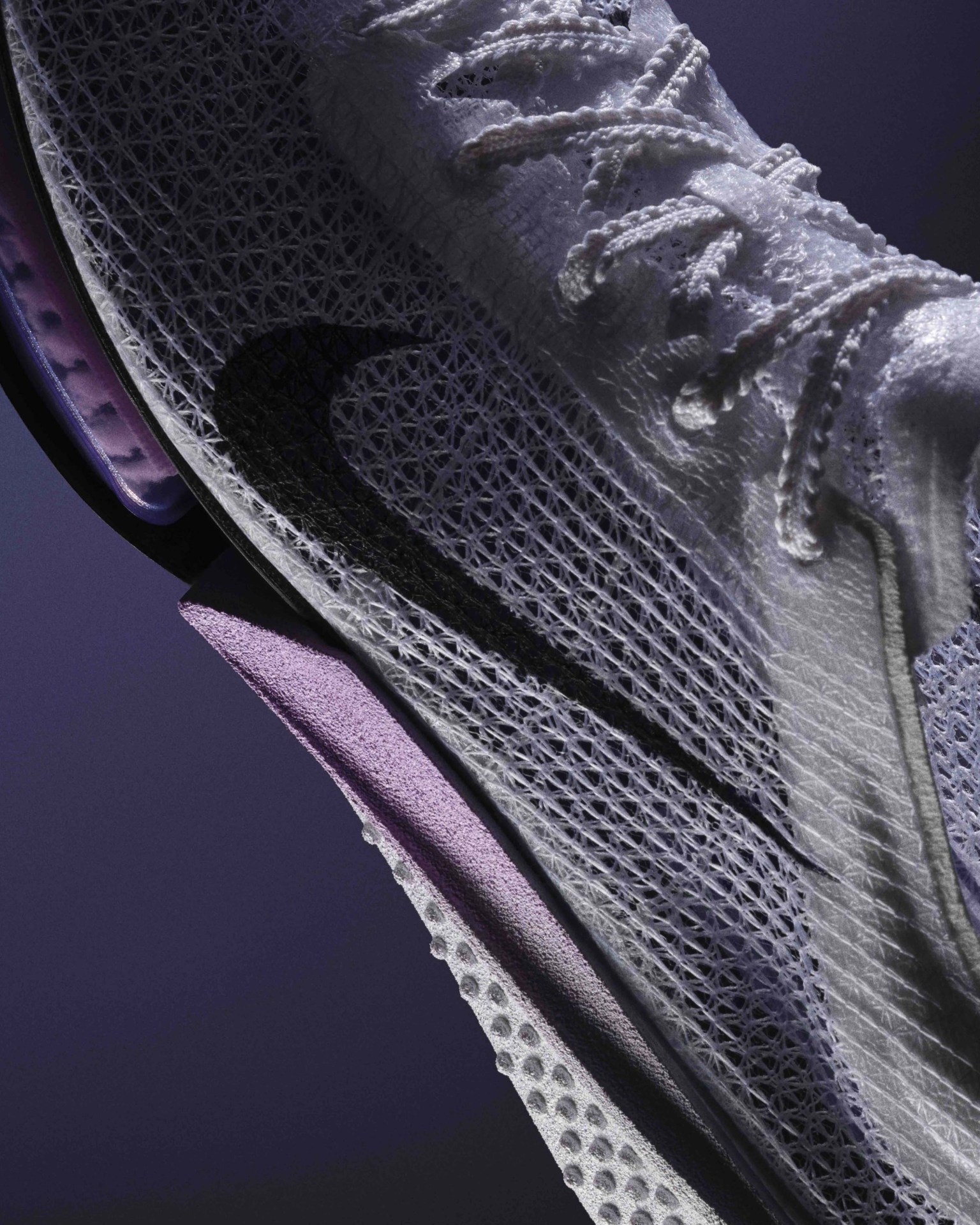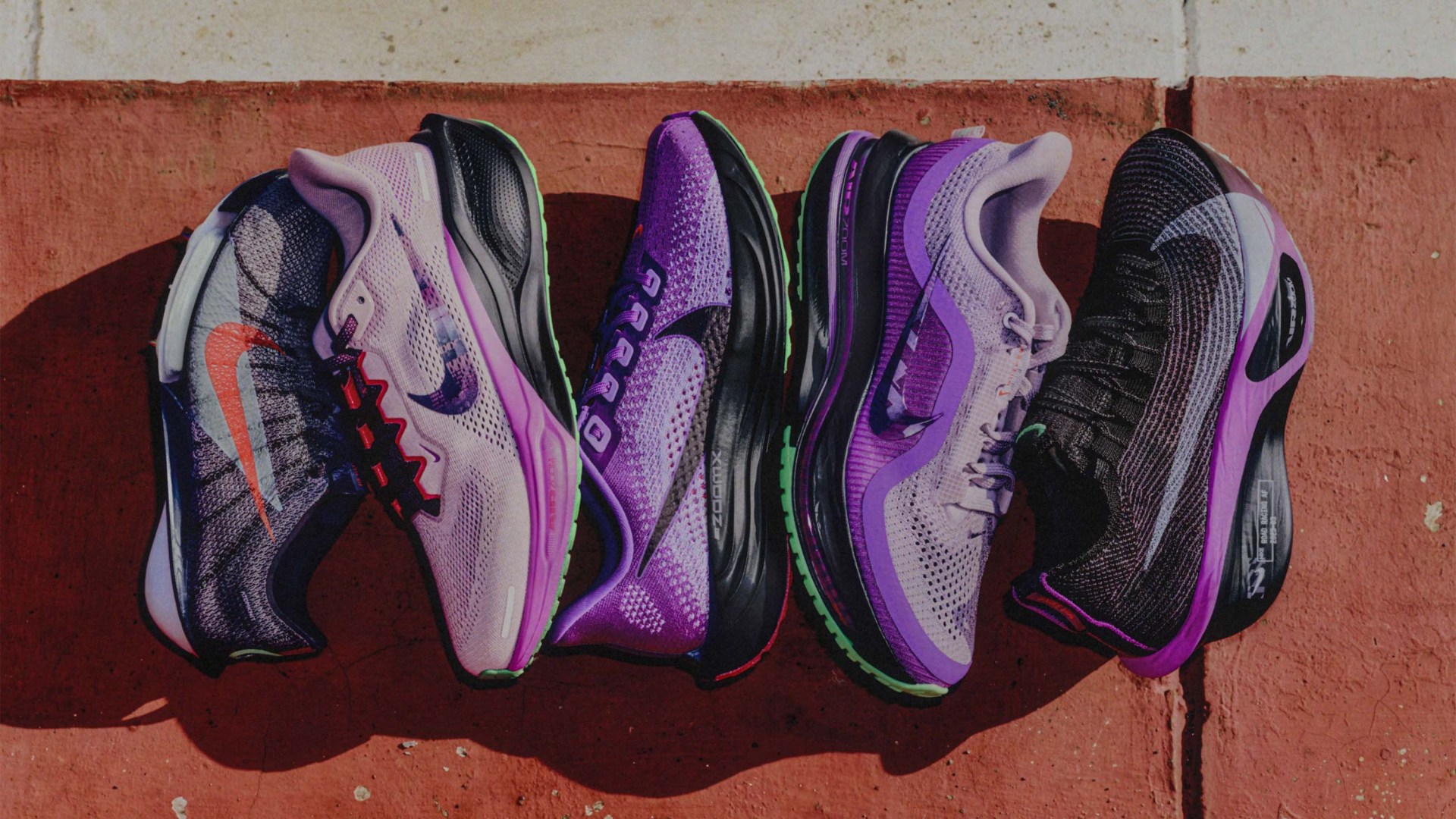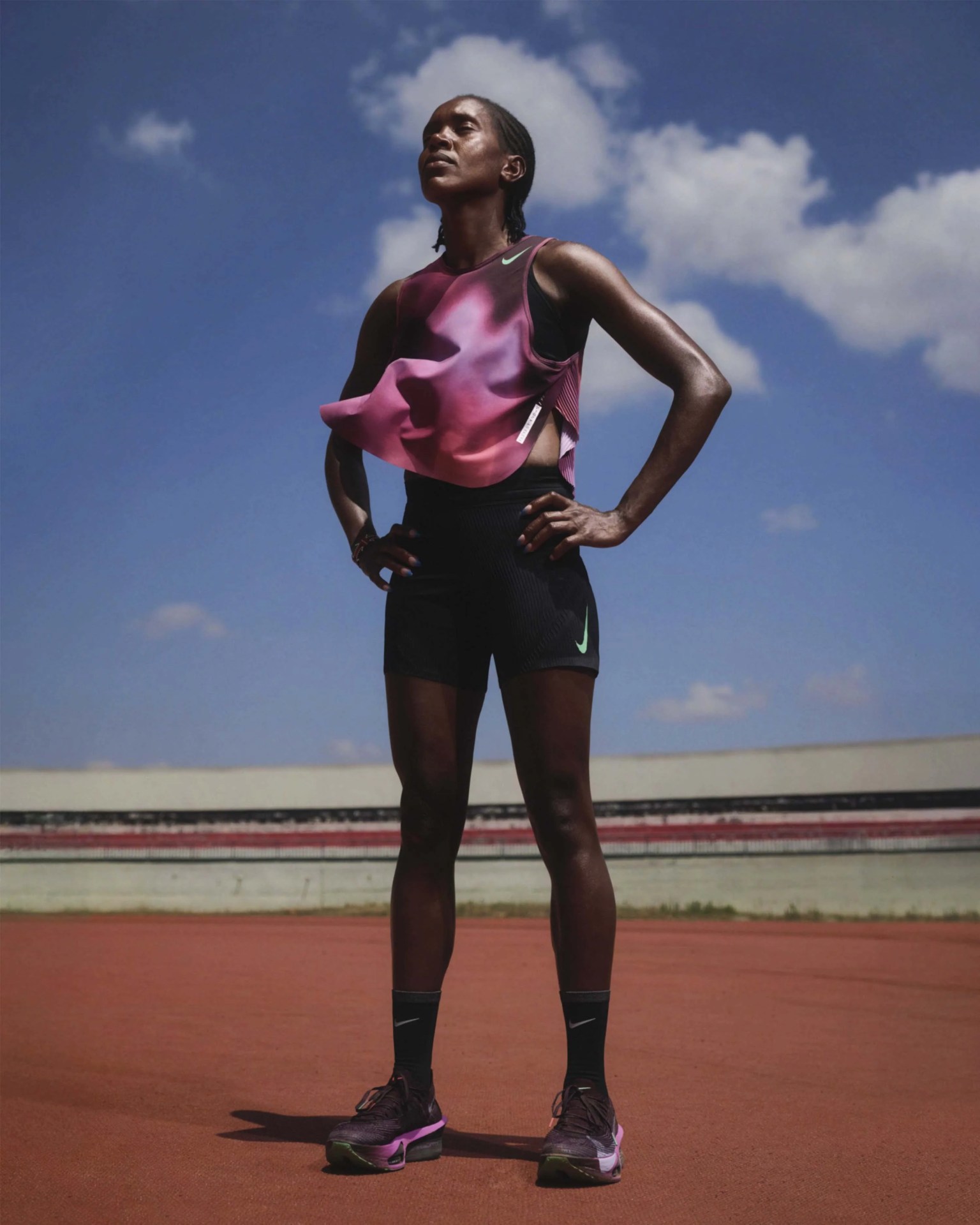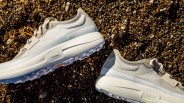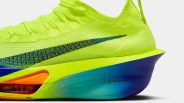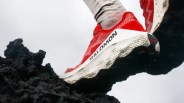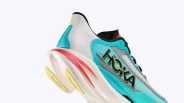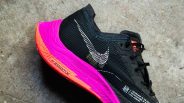As a problem to be solved, the four-minute mile is not a matter of will but science.
Make no mistake: when Roger Bannister became the first human in history to run 1609 meters in three minutes and 59 seconds, he possessed no shortage of talent nor grit.
But Bannister, a 25-year-old medical student at the time, famously focused on physiology, tailoring his training and performance around efficiency — decades before the Vaporfly made it the trendiest buzzword in running.
On June 26, some 70 years later, Faith Kipyegon will attempt to do the same when she races to become the first woman in history to break the four-minute barrier.
And, just like Bannister, she’s relying on science to take her there.
Only this time, Kipyegon can count on the backing of the world’s largest sportswear company, which will outfit the Kenyan in state-of-the-art footwear and apparel developed behind closed doors at its innovation lab in Beaverton, Oregon.
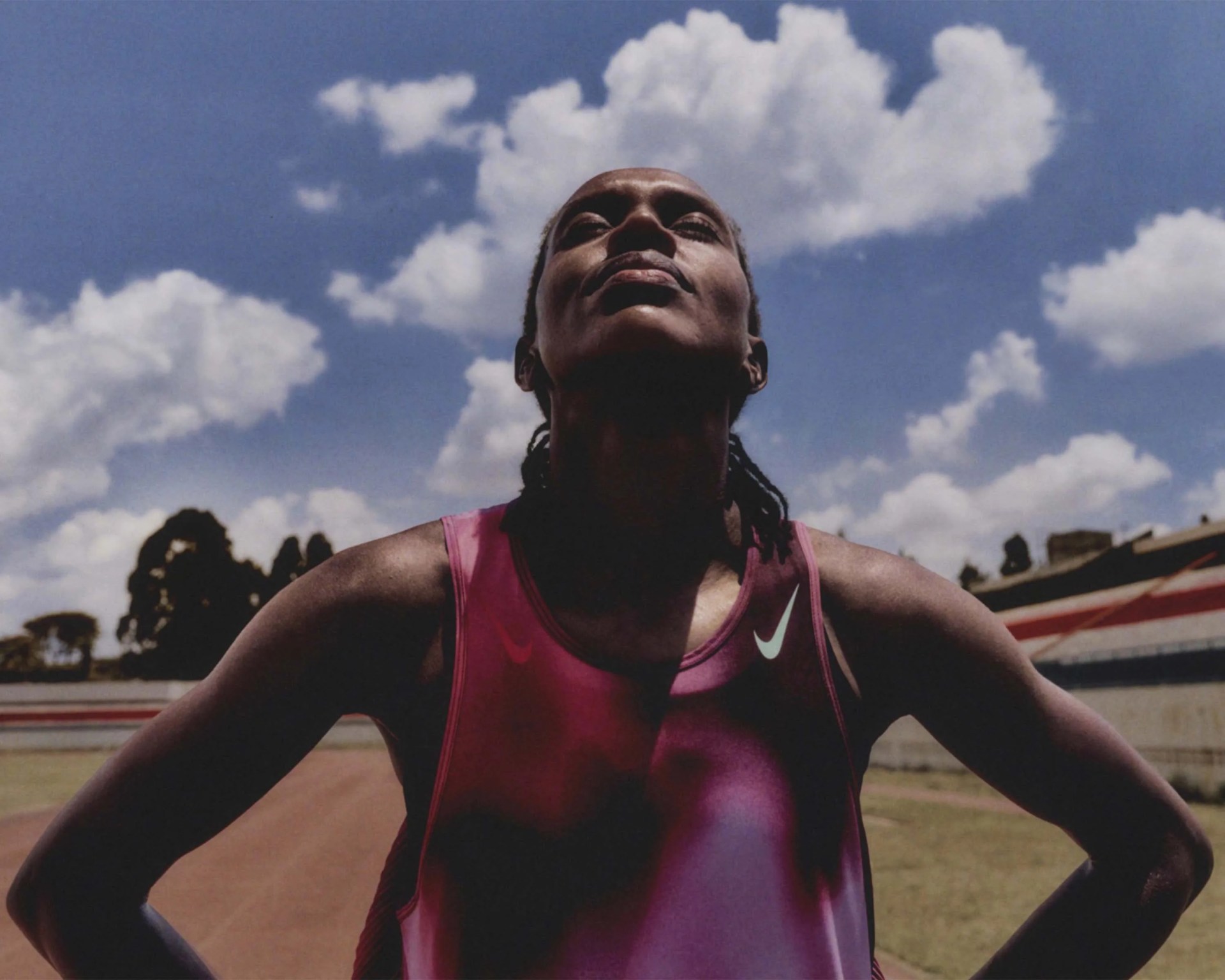
Seven seconds into the unknown
This isn’t the first time Nike has supported one of its athletes in pursuit of athletic history.
The company famously developed its Vaporfly super shoe for a high-profile time trial in 2017 called Breaking2, when three runners attempted to run a marathon in under two hours.
One of them, of course, was Eliud Kipchoge, who eventually accomplished the feat in a follow-up called the INEOS 1:59 Challenge, wearing Nike’s sequel to the Vaporfly.
To run a four-minute mile, Kipyegon will need to shave at least 7.64 seconds off her own world record (set in 2023). And while the marathon and mile are two different beasts, the difficulty of the task isn’t far from the one that faced Kipchoge in 2017, even if the scales seem far apart on paper.
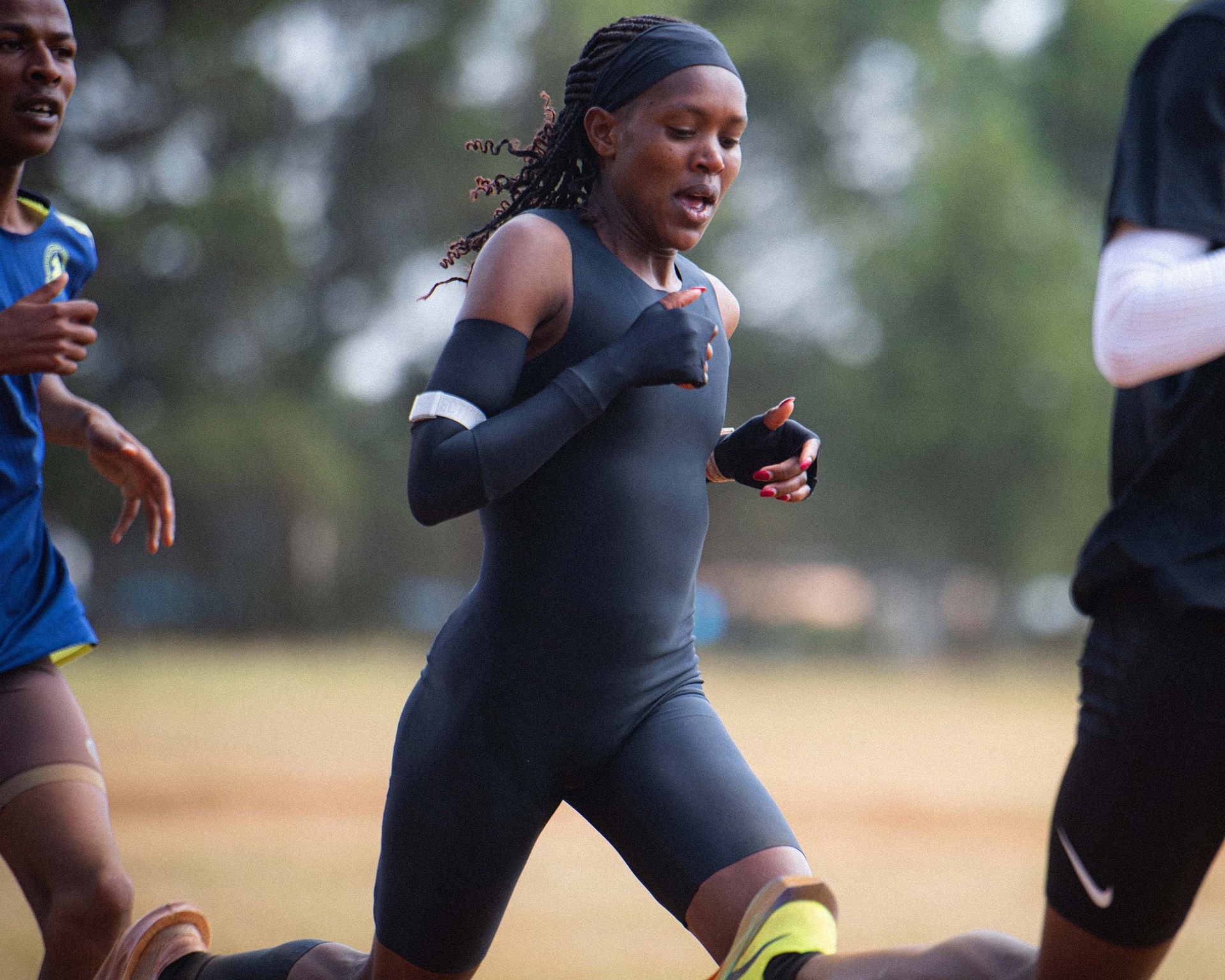
“Maybe not everybody in the general public would understand just seven seconds or eight seconds, but it is huge when put on the edge of a four-minute effort,” Brett Kirby told Gear Patrol in an exclusive interview.
“Maybe not everybody in the general public would understand just seven seconds or eight seconds, but it is huge when put on the edge of a four-minute effort.”
Kirby is the Senior Principal of Performance Exploration Research in the Nike Sport Research Lab and one of the key players in the team supporting Kipyegon in her attempt, which Nike is calling Breaking4. (He also worked on Breaking2 and featured prominently in the National Geographic documentary detailing the project.)
“If you look at what you’d need to get to four minutes, you fall roughly in the ballpark of around three percent,” Kirby added. If you remove Kipyegon from the equation, it climbs almost double; Sifan Hassan was the previous record holder, with a personal best of four minutes and 12.33 seconds.
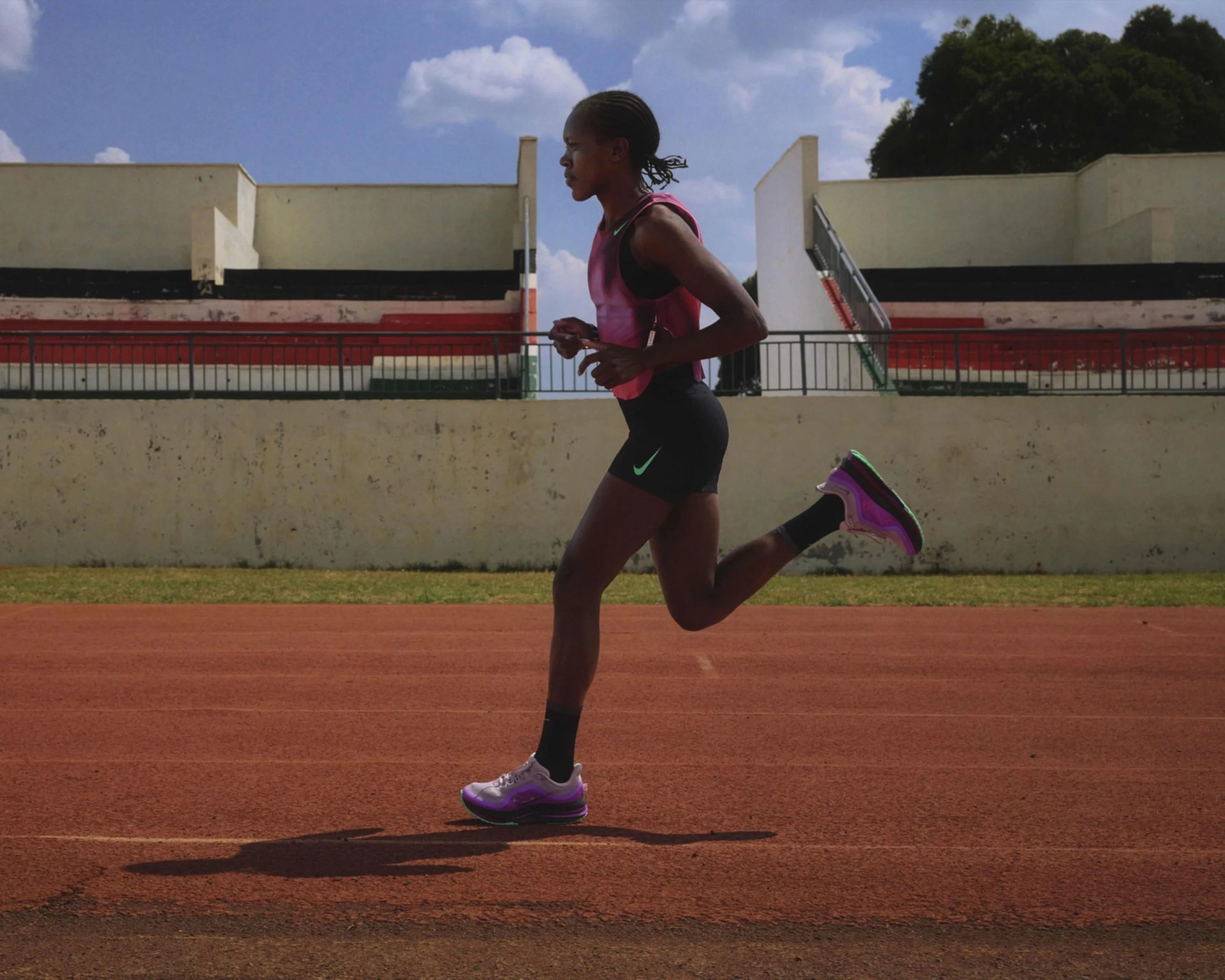
According to Kirby, the thing that makes the mile so difficult to crack is its reliance on “multiple energy systems,” he said, noting the importance of both aerobic efficiency and and pure power.
“That’s what makes it super complicated and complex because it’s riding this bubble of saying, ‘I have to be good not only at speed but also endurance, and then I have this element of blending those two,'” Kirby added.
Nike’s most aerodynamic apparel solution, ever
To support Kipyegon, Kirby and the greater Nike innovation team will bring the full might of their sports science backgrounds, starting with a bespoke apparel solution that includes a one-piece suit, headband, 3D printed bra and arm sleeves.
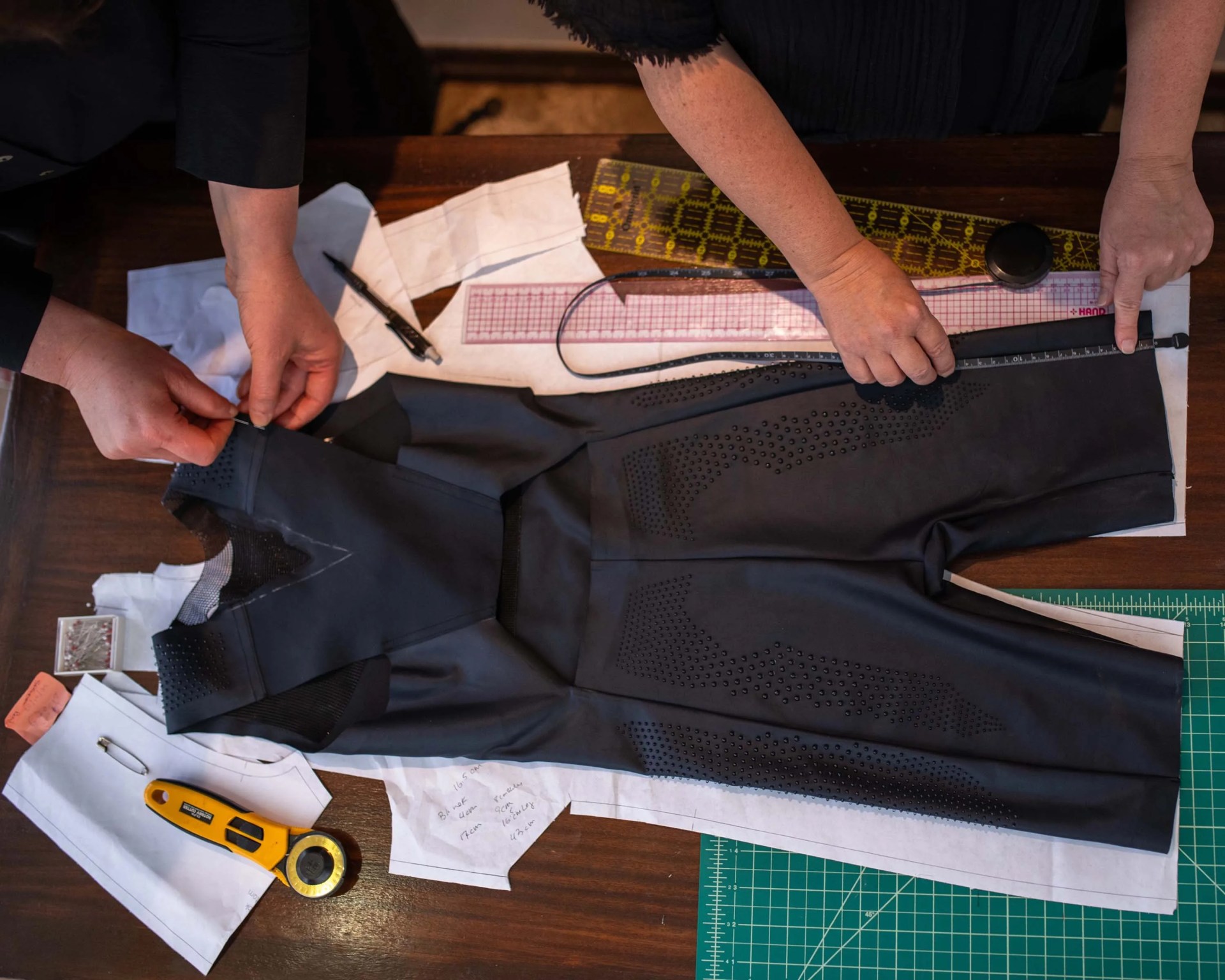
The suit’s halo feature are small synthetic half-circles of varying heights, strategically placed around Kipyegon’s shoulders and hips. Nike calls them Aeronodes and the goal is to create “controlled turbulence,” said Lisa Gibson, who helped to oversee their development, in an interview.
“They’re placed specifically where we want the air to flow more smoothly and stay close to the body,” Gibson added. “What that does is it creates smaller eddies behind the body, which reduces drag.”
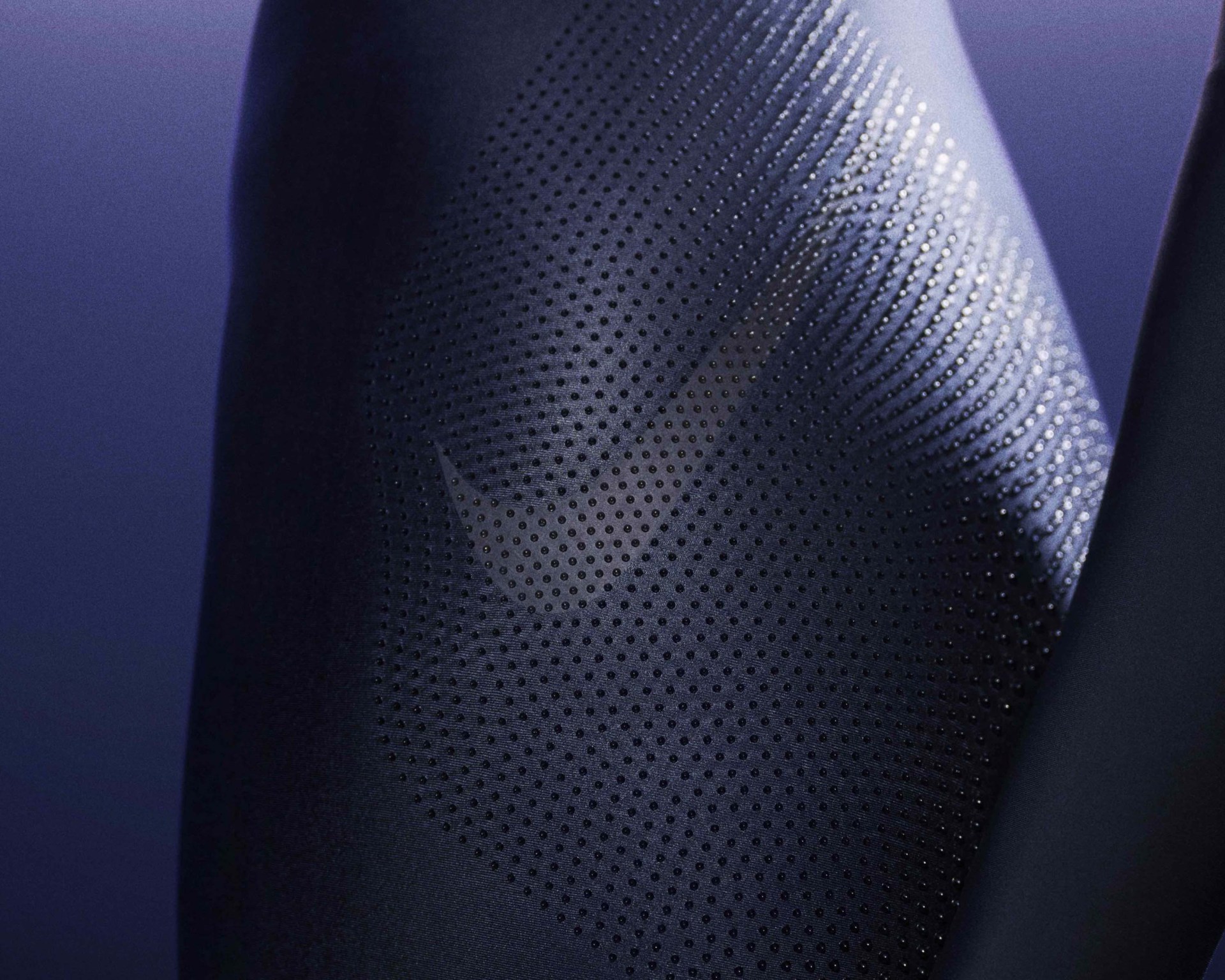
Eddies are effectively small, chaotic pockets of air that develop in the wake of a moving object, and they “can almost feel like you’re being pulled back,” Gibson said. “So the Aeronodes result in smaller eddies, which reduces drag and results in a smoother flow downstream.”
Other decisions were made to facilitate marginal gains, such as placing the seams of the suit on the back, as opposed to the sides. The effect wasn’t just speed but comfort, which ultimately became Nike’s North Star during the myriad prototyping phases.
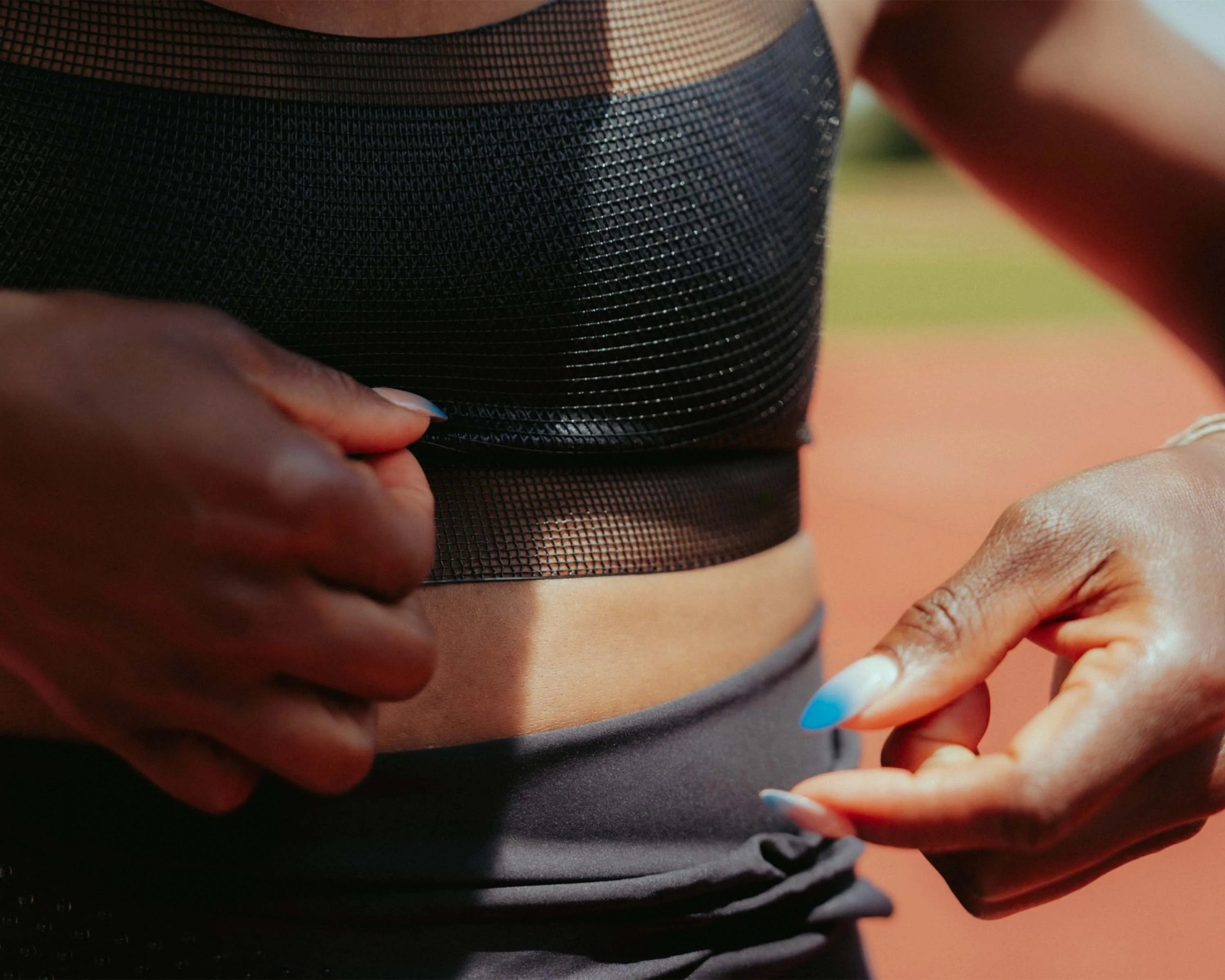
“We wanted to make sure that this is incredibly comfortable for Faith because we didn’t want any distractions to take away from what she’s trying to do,” Gibson said. “The team had to go through a lot of iterations to make sure it was not only optimized for aerodynamics but also optimized for faith and her comfort.”

